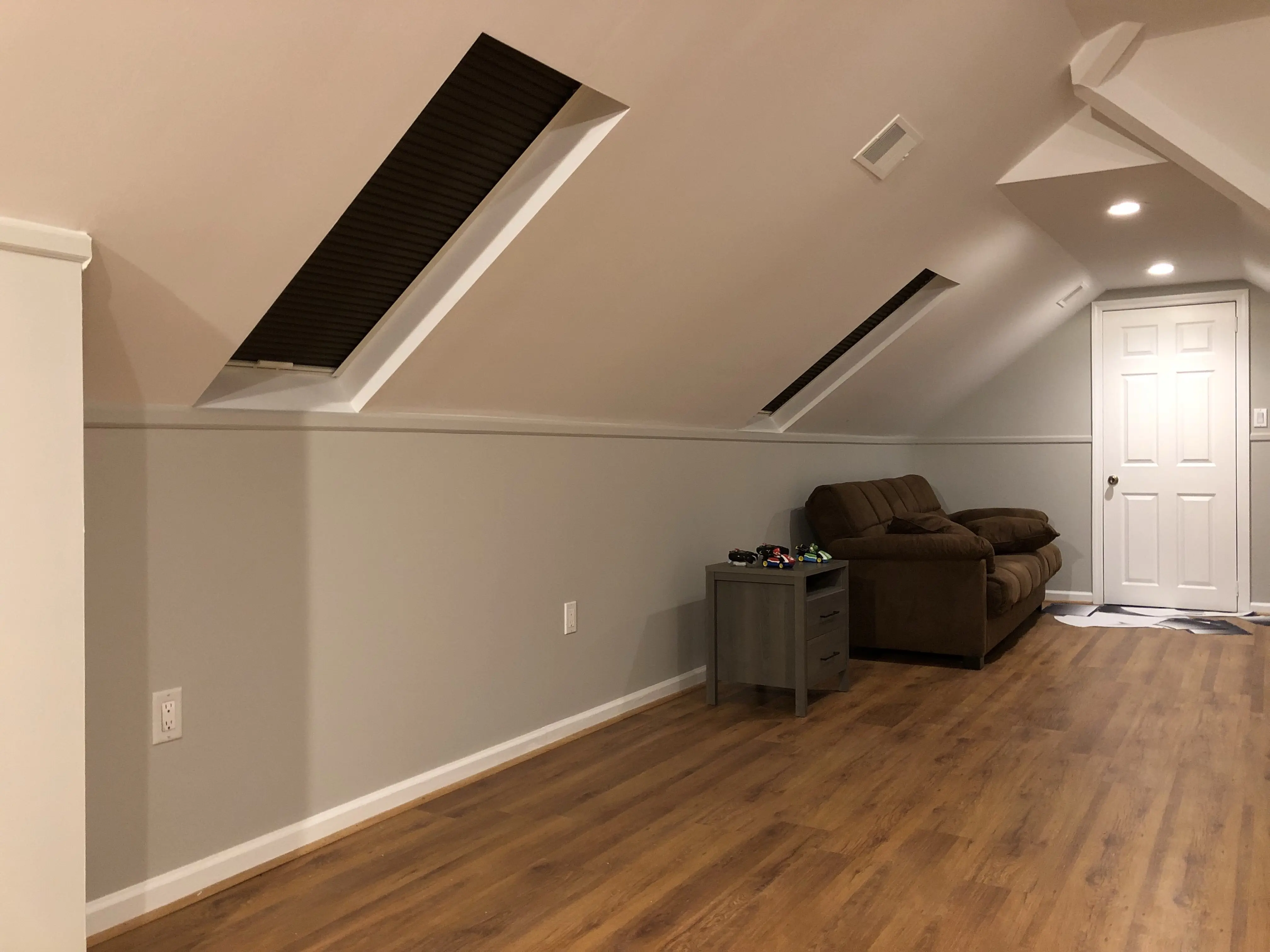

Articles
How To Block Heat From Skylight
Modified: January 8, 2024
Learn effective strategies to block heat from your skylight with these helpful articles. Discover proven techniques and products to keep your space cool and comfortable.
(Many of the links in this article redirect to a specific reviewed product. Your purchase of these products through affiliate links helps to generate commission for Storables.com, at no extra cost. Learn more)
Introduction
Skylights are a wonderful addition to any home or building, as they allow natural light to flood in and create a bright and airy atmosphere. However, along with the natural light, skylights can also bring in unwanted heat, especially during the warmer months. The excess heat from skylights can make the space uncomfortable and can even lead to higher cooling costs.
Fortunately, there are several effective methods available to block the heat from skylights. By implementing these strategies, you can maintain a comfortable indoor temperature and reduce the need for excessive air conditioning. In this article, we will explore various techniques to effectively block heat from skylights and create a more pleasant living or working environment.
Before diving into the methods, it’s important to understand the importance of blocking heat from skylights. Heat transfer through skylights occurs due to the greenhouse effect, where solar energy enters through the glass and becomes trapped inside. This trapped heat then radiates into the room, causing an increase in temperature.
Excessive heat can lead to a range of issues, including discomfort, health problems, and increased energy consumption. By implementing effective methods to block heat from skylights, you can create a more comfortable and energy-efficient space.
Now, let’s dive into the various methods available to effectively block heat from skylights and improve the overall comfort of your space.
Key Takeaways:
- Implementing methods such as window films, skylight shades, and ventilation fans can effectively block heat from skylights, creating a more comfortable and energy-efficient indoor environment while still allowing natural light to enter.
- By enhancing insulation, utilizing heat-reflective materials, and applying external shades or awnings, you can reduce heat transfer through skylights, protect furnishings, and contribute to a sustainable living or working space.
Read more: How To Block Skylight Light
Understanding the Importance of Blocking Heat from Skylights
Blocking heat from skylights is essential for several reasons. Firstly, excessive heat can make the space beneath the skylights uncomfortable, especially during the summer months. This can lead to reduced productivity, difficulty in sleeping, and overall discomfort for occupants.
In addition, the heat generated by skylights can also increase the load on the HVAC system, leading to higher energy consumption and increased cooling costs. By implementing effective heat-blocking measures, you can reduce the need for excessive air conditioning and ultimately save on energy bills.
Another important consideration is the potential damage that excessive heat can cause to furnishings and materials within the space. For example, heat can cause fading and deterioration of carpets, furniture, and artwork. By blocking the heat from skylights, you can protect your investments and prolong their lifespan.
Moreover, blocking heat from skylights can also contribute to a more sustainable and environmentally-friendly living or working environment. By reducing the need for excessive air conditioning, you can lower your carbon footprint and contribute to energy conservation efforts.
It’s worth noting that while blocking heat is important, it’s equally important to strike a balance between heat control and natural light. Skylights are installed to bring in natural light and create a sense of openness and connection with the outdoors. Therefore, it’s crucial to implement methods that effectively block heat while still allowing the entry of adequate natural light.
Next, we will explore how to assess the current heat transfer from skylights and identify the most suitable methods to block heat effectively.
Assessing the Current Heat Transfer from Skylights
Before implementing any heat-blocking measures, it’s crucial to assess the current heat transfer from skylights in your space. This assessment will help you determine the extent of the heat issue and will guide you in selecting the most suitable methods to block heat effectively.
There are a few key factors to consider when assessing heat transfer from skylights:
- Orientation: Consider the orientation of your skylights relative to the sun. Skylights facing south or west are more likely to receive direct sunlight and therefore experience higher heat transfer. Skylights facing north or east may receive less direct sunlight and have lower heat transfer.
- Type of glazing: The type of glazing used in your skylights will also impact the heat transfer. Single-pane glazing provides minimal insulation and can allow more heat to pass through. Double or triple-pane glazing, on the other hand, offers greater insulation and reduces heat transfer.
- Solar heat gain coefficient (SHGC): The SHGC measures the amount of solar heat that can pass through the skylight. A lower SHGC indicates a higher ability to block heat. Consider the SHGC value of your skylights to determine their heat-blocking capabilities.
- Sealing and insulation: Check for any gaps or leaks around your skylights that may allow heat to infiltrate. Proper sealing and insulation can help minimize heat transfer.
By thoroughly assessing these factors, you can gain a better understanding of the current heat transfer from your skylights and can make informed decisions regarding appropriate heat-blocking measures.
In the next section, we will explore common methods that can be used to effectively block heat from skylights.
Identifying Common Methods to Block Heat from Skylights
When it comes to blocking heat from skylights, there are several common methods that can be employed. Each method offers its own benefits and considerations, so it’s important to choose the one that suits your specific needs and preferences.
Let’s explore some of the most effective methods:
- Window Films: Window films are a popular choice for reducing heat transfer through skylights. These films are applied directly to the skylight glass and can block a significant amount of solar heat. They come in various types, including reflective films, absorptive films, and spectrally selective films, each with different heat-blocking capabilities and light transmission properties.
- Skylight Shades or Blinds: Installing shades or blinds specifically designed for skylights can provide effective heat control. They can be manually operated or motorized and are available in a variety of materials, including light-filtering and blackout options. These shades or blinds can be adjusted to block or allow natural light while effectively reducing heat transfer.
- Enhancing Insulation: Improving the insulation around skylights can help minimize heat transfer. This can be done by sealing any gaps or leaks around the skylight frame, ensuring proper insulation around the opening, and adding additional insulation to the area surrounding the skylight.
- Heat-Reflective Material for Skylight Covers: Using heat-reflective material as skylight covers can effectively block heat while still allowing natural light to enter. These covers are typically made of reflective fabric or aluminum foil and can be installed over the skylight to create a barrier against heat transfer.
- External Shades or Awnings: Installing external shades or awnings above skylights can provide effective heat control. These shades or awnings block direct sunlight from entering the skylight, reducing heat transfer. They are available in various styles and materials to suit different aesthetic and functional requirements.
- Ventilation and Exhaust Fans: Incorporating ventilation and exhaust fans near skylights can help dissipate heat and improve airflow. By drawing out hot air that accumulates near the skylight, these fans can reduce the overall temperature and create a more comfortable environment.
It’s important to note that the effectiveness of these methods may vary depending on factors such as skylight size, location, and specific climate conditions. Therefore, it’s advisable to consult with professionals to determine the most suitable method for your skylights.
In the next sections, we will delve deeper into some of these methods to block heat from skylights and explore their benefits and installation processes.
Using Window Films to Reduce Heat from Skylights
Window films are a popular and cost-effective method to reduce heat transfer through skylights. These films are applied directly to the skylight glass and can effectively block a significant amount of solar heat while still allowing natural light to enter.
There are several types of window films available that offer different heat-blocking capabilities:
- Reflective Films: Reflective films are designed to reflect and redirect a large portion of the sun’s heat away from the skylight. These films have a metallic or mirrored appearance and can significantly reduce heat gain. They are particularly effective in sunny and hot climates.
- Absorptive Films: Absorptive films are designed to absorb the sun’s heat and prevent it from passing through the skylight. These films have a darker tint and are more suitable for climates where heat gain is a concern but natural light is still desired.
- Spectrally Selective Films: Spectrally selective films are engineered to block harmful UV rays and infrared heat while allowing visible light to pass through. These films offer a good balance between heat protection and maintaining natural light levels. They are particularly recommended for spaces where the preservation of views and aesthetics are important.
When selecting a window film for your skylights, consider the climate and the specific needs of the space. Consulting with a professional can help you choose the most appropriate film based on your specific requirements.
Installing window films is a straightforward process, but it is recommended to hire a professional for best results. The process generally involves the following steps:
- Clean the skylight glass thoroughly to ensure a smooth application surface.
- Measure the dimensions of the skylight and cut the window film accordingly, leaving a slight overlap.
- Peel off the backing of the film and spray a clear, soapy solution onto the adhesive side of the film. This solution will allow you to position the film properly and avoid air bubbles.
- Apply the film to the skylight glass, starting from one edge and gradually smoothing it out, removing any air bubbles or wrinkles as you go.
- Trim any excess film along the edges of the skylight.
- Use a squeegee or a soft cloth to further smooth out the film and remove any remaining moisture.
Window films, when applied correctly, can significantly reduce heat transfer through skylights, making the space more comfortable and energy-efficient. They also offer additional benefits such as UV protection, glare reduction, and privacy.
In the next section, we will explore the installation of skylight shades or blinds to block heat effectively.
Read more: How To Block Cats From Stairs
Installing Skylight Shades or Blinds to Block Heat
Skylight shades or blinds are an effective and versatile method to block heat from skylights while allowing for adjustable natural light control. These shades or blinds can be manually operated or motorized, offering convenience and flexibility.
Here are the steps to install skylight shades or blinds:
- Measure and Select: Measure the dimensions of your skylight to ensure accurate sizing for the shades or blinds. Consider the materials, colors, and opacity levels that will best suit your needs and aesthetic preferences.
- Mounting Options: Determine the mounting option for your skylight shades or blinds. There are two common types: in-frame mounting, where the shades or blinds are fitted directly into the skylight frame, and on-frame mounting, where they are installed on the surface surrounding the skylight.
- Installation: Follow the manufacturer’s instructions for your specific skylight shades or blinds. This typically involves attaching brackets or clips to secure the shades or blinds in place. Ensure that the installation is secure and the shades or blinds operate smoothly.
- Motorization: If you opt for motorized skylight shades or blinds, additional steps may be required for wiring and programming the motor. Consult the manufacturer’s instructions or hire a professional to ensure proper installation and functionality.
Skylight shades or blinds offer several benefits beyond heat control. They provide privacy when needed, reduce glare, and protect furnishings from harmful UV rays. Moreover, they allow you to adjust the amount of natural light entering the space, creating a more comfortable and customizable environment.
Opting for light-colored or reflective materials for the shades or blinds can further enhance heat-blocking capabilities. These materials reflect a significant amount of the sun’s heat, reducing heat gain through the skylight.
Remember to regularly clean and maintain your skylight shades or blinds to ensure optimal performance and longevity.
In the subsequent section, we will discuss strategies for enhancing insulation around skylight openings to minimize heat transfer.
Consider using a reflective window film on the skylight to block heat. This film can help reduce the amount of heat entering the room while still allowing natural light to pass through.
Enhancing Insulation around Skylight Openings
One effective way to block heat from skylights is by enhancing insulation around the openings. Improving insulation helps minimize heat transfer and creates a more energy-efficient and comfortable indoor environment. Here are some strategies to enhance insulation around skylight openings:
- Sealing Gaps: Inspect the area around the skylight for any gaps or leaks that may allow heat to infiltrate. Use weatherstripping or caulking to seal these gaps and prevent air leakage.
- Insulating the Frame: Apply insulation materials around the skylight frame to minimize heat transfer. Use expanding foam insulation or insulation tape to fill any gaps and create a thermal barrier.
- Adding Additional Insulation: Consider adding additional insulation around the area surrounding the skylight. This can be done by installing batt insulation or rigid foam insulation in the ceiling or roof cavity.
- Insulated Skylight Curbs: If your skylight is mounted on a curb, ensure that the curb is properly insulated. Insulated skylight curbs help reduce heat transfer through the mounting structure.
- Insulated Shade Pockets: Some skylights have shade pockets built into the design. Make sure these shade pockets are properly insulated to prevent heat from seeping through.
By enhancing insulation around skylight openings, you create a more effective barrier against heat transfer. This not only keeps the indoor space cooler during hot seasons but also helps reduce energy consumption by minimizing the need for excessive air conditioning.
It is important to note that while enhancing insulation is effective, it is equally important to ensure proper ventilation to prevent excessive heat buildup. Adequate airflow helps dissipate heat and maintain a comfortable environment.
In the next section, we will explore the use of heat-reflective materials as skylight covers to further block heat transfer.
Utilizing Heat-Reflective Material for Skylight Covers
One effective method to block heat from skylights is by utilizing heat-reflective material for skylight covers. These covers are specifically designed to reflect a significant amount of solar heat, reducing heat transfer and maintaining a comfortable indoor temperature. Here’s how you can utilize heat-reflective material for skylight covers:
- Selecting the Right Material: Choose a heat-reflective material that has a high reflectance value to effectively block heat. Aluminum foil or reflective fabric are common choices for skylight covers due to their exceptional heat-reflective properties.
- Measure and Cut: Measure the dimensions of your skylight to ensure accurate sizing for the cover. Leave a slight overlap to cover the entire skylight surface effectively.
- Installation Method: There are different installation methods depending on the type of skylight cover you choose. For adhesive-backed reflective film, simply peel off the backing and carefully apply it to the skylight glass. For fabric covers, you may need to use clips or fasteners to secure the material in place.
- Ensure Proper Coverage: Ensure that the heat-reflective material covers the entire skylight surface without any gaps or exposed areas. This will maximize its effectiveness in blocking heat transfer.
- Consider Insulation: To enhance the heat-blocking capabilities, you can also apply insulation material to the backside of the skylight cover. This further helps to create a thermal barrier and reduce heat transfer.
Utilizing heat-reflective material for skylight covers not only blocks a significant amount of solar heat but also allows for natural light to enter the space. This maintains a bright and open atmosphere while reducing heat gain and maintaining a cooler indoor environment.
It’s important to note that the effectiveness of heat-reflective skylight covers may vary depending on factors such as the reflectance properties of the material, the size and orientation of the skylight, and the specific climate conditions. Consulting with professionals experienced in skylight installations can provide valuable insights and ensure the optimal use of heat-reflective material for skylight covers.
In the following section, we will explore the benefits of applying external shades or awnings to block heat from skylights.
Applying External Shades or Awnings to Block Heat from Skylights
Another effective method to block heat from skylights is by applying external shades or awnings. These shades or awnings are installed on the exterior of the skylight and act as a barrier to block direct sunlight and prevent heat from penetrating the skylight glass. Here’s what you need to know about applying external shades or awnings:
- Style and Material: Choose external shades or awnings that are specifically designed for skylights. They come in various styles, such as retractable or fixed, and a range of materials, including fabric, aluminum, or wood. Consider the style and material that best suits the aesthetic of your space and the level of heat control you desire.
- Mounting Options: Determine the mounting option for the external shades or awnings. There are typically two options: direct mount, where the shades or awnings are attached directly to the skylight frame, or side mount, where they are installed on the surrounding surface or structure.
- Installation Process: Follow the manufacturer’s instructions for your specific external shades or awnings. Ensure that the installation is secure and that the shades or awnings are properly aligned to effectively block direct sunlight. It’s recommended to hire a professional for precise and efficient installation.
- Adjustability and Control: Some external shades or awnings come with adjustable features, such as angling or retracting mechanisms. This allows you to control the amount of sunlight and heat entering the skylight, providing flexibility in heat control throughout the day.
Applying external shades or awnings not only blocks direct sunlight and reduces heat transfer, but also provides additional benefits such as UV protection and glare reduction. They can enhance the exterior aesthetics of your building while creating a more comfortable and energy-efficient indoor environment.
It’s important to choose high-quality external shades or awnings that are designed to withstand weather extremities and are durable in the long run. Regular maintenance, including cleaning and inspection, will help ensure their effectiveness and longevity.
Incorporating external shades or awnings is a viable option to effectively block heat from skylights and maintain a comfortable indoor environment. In the next section, we will explore how ventilation and exhaust fans can contribute to heat control around skylights.
Read more: How To Cover Skylight From Inside
Incorporating Ventilation and Exhaust Fans for Heat Control
To effectively control heat around skylights, incorporating ventilation and exhaust fans can be a beneficial strategy. Proper airflow helps dissipate hot air that accumulates near skylights and improves overall temperature regulation in the space. Here’s how you can incorporate ventilation and exhaust fans for heat control:
- Assess Airflow Needs: Evaluate the air circulation in the area surrounding the skylight. Determine if there is stagnant hot air that needs to be moved or if additional airflow is required to maintain a cooler environment.
- Choose Fan Type: Select the appropriate type of fan for your specific needs. There are various options available, such as ceiling fans, exhaust fans, or inline fans, each serving different purposes. Consider the size of the space, the level of heat control required, and noise considerations when choosing a fan type.
- Positioning: Strategically place the ventilation or exhaust fans near the skylight to facilitate the movement of hot air. The placement will depend on the specific layout of your space and the direction of airflow desired.
- Proper Ventilation: Ensure that there is proper ventilation in the area surrounding the skylight. This can include opening windows or installing additional vents to allow for fresh air circulation and effective heat dispersal.
- Professional Installation: For optimal performance and safety, it’s recommended to hire a professional to install ventilation or exhaust fans. They can ensure proper wiring, secure installation, and optimal airflow within the space.
Incorporating ventilation and exhaust fans helps to maintain airflow and minimize the buildup of hot air near skylights. By improving air circulation, these fans assist in reducing heat transfer, creating a more comfortable and balanced indoor environment.
It’s important to note that ventilation and exhaust fans should be used in conjunction with other heat-blocking methods, such as shades, blinds, or reflective covers, for optimal heat control.
In the next section, we will conclude our exploration of methods to block heat from skylights and highlight the key takeaways.
Conclusion
Blocking heat from skylights is essential for maintaining a comfortable and energy-efficient indoor environment. Excessive heat transfer through skylights can lead to discomfort, increased energy consumption, and potential damage to furnishings.
In this article, we explored various methods to effectively block heat from skylights and create a more pleasant living or working space. Some of the key methods discussed include using window films, installing skylight shades or blinds, enhancing insulation around skylight openings, utilizing heat-reflective material for skylight covers, applying external shades or awnings, and incorporating ventilation and exhaust fans for heat control.
Window films provide an affordable and customizable solution, allowing you to reduce heat transfer while still enjoying natural light. Skylight shades or blinds offer flexibility in controlling heat and light levels, catering to individual preferences. Enhancing insulation around skylight openings and utilizing heat-reflective material create a thermal barrier to minimize heat transfer. Installing external shades or awnings effectively block direct sunlight and reduce heat gain. Incorporating ventilation and exhaust fans promote better airflow and heat dissipation.
When implementing these methods, it’s important to consider factors such as skylight orientation, glazing type, solar heat gain coefficient, sealing, and insulation. Tailoring the solutions to your specific needs and consulting professionals can help ensure optimal results.
By employing these heat-blocking measures, you can create a more comfortable living or working space, reduce energy consumption, protect furnishings, and contribute to a more sustainable environment.
Remember, achieving the right balance between heat control and natural light is crucial. Skylights are meant to bring in natural light, so it’s vital to select methods that effectively block heat while still allowing the entry of adequate light.
We hope this article has provided you with valuable insights and guidance on how to effectively block heat from skylights. By implementing these methods, you can enjoy the benefits of natural light while keeping your space cool and comfortable.
Frequently Asked Questions about How To Block Heat From Skylight
Was this page helpful?
At Storables.com, we guarantee accurate and reliable information. Our content, validated by Expert Board Contributors, is crafted following stringent Editorial Policies. We're committed to providing you with well-researched, expert-backed insights for all your informational needs.
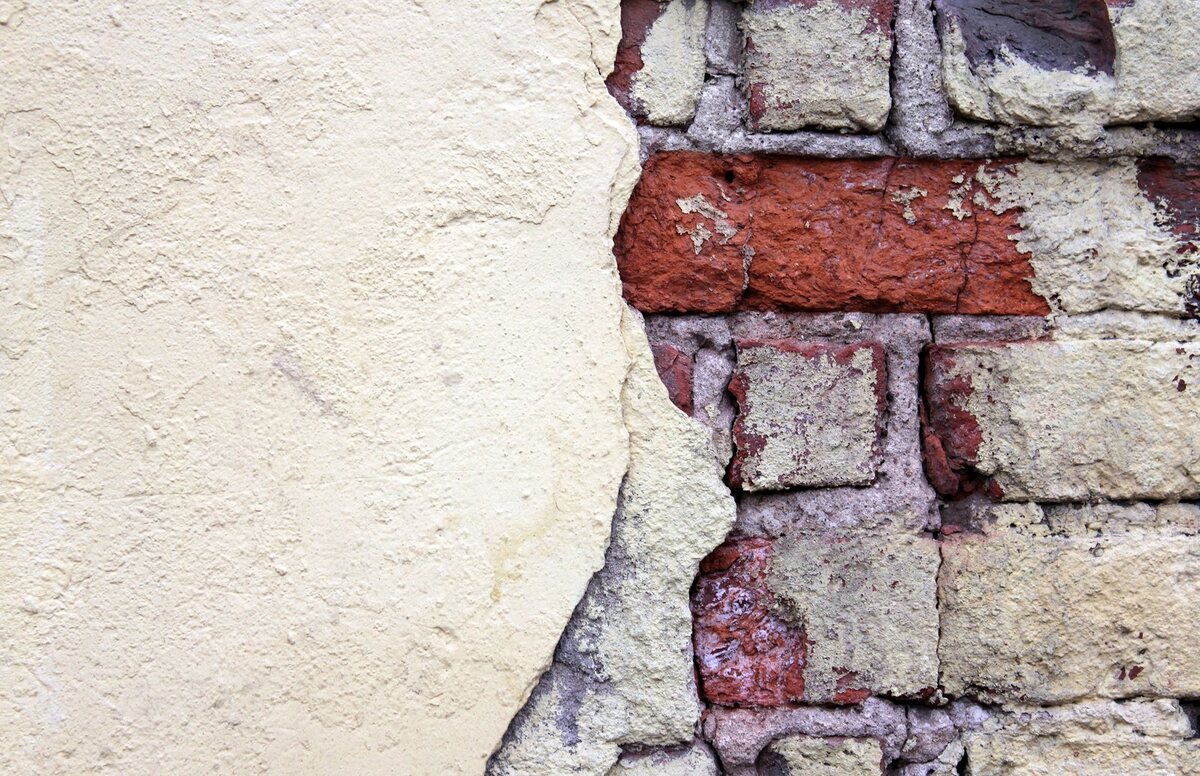
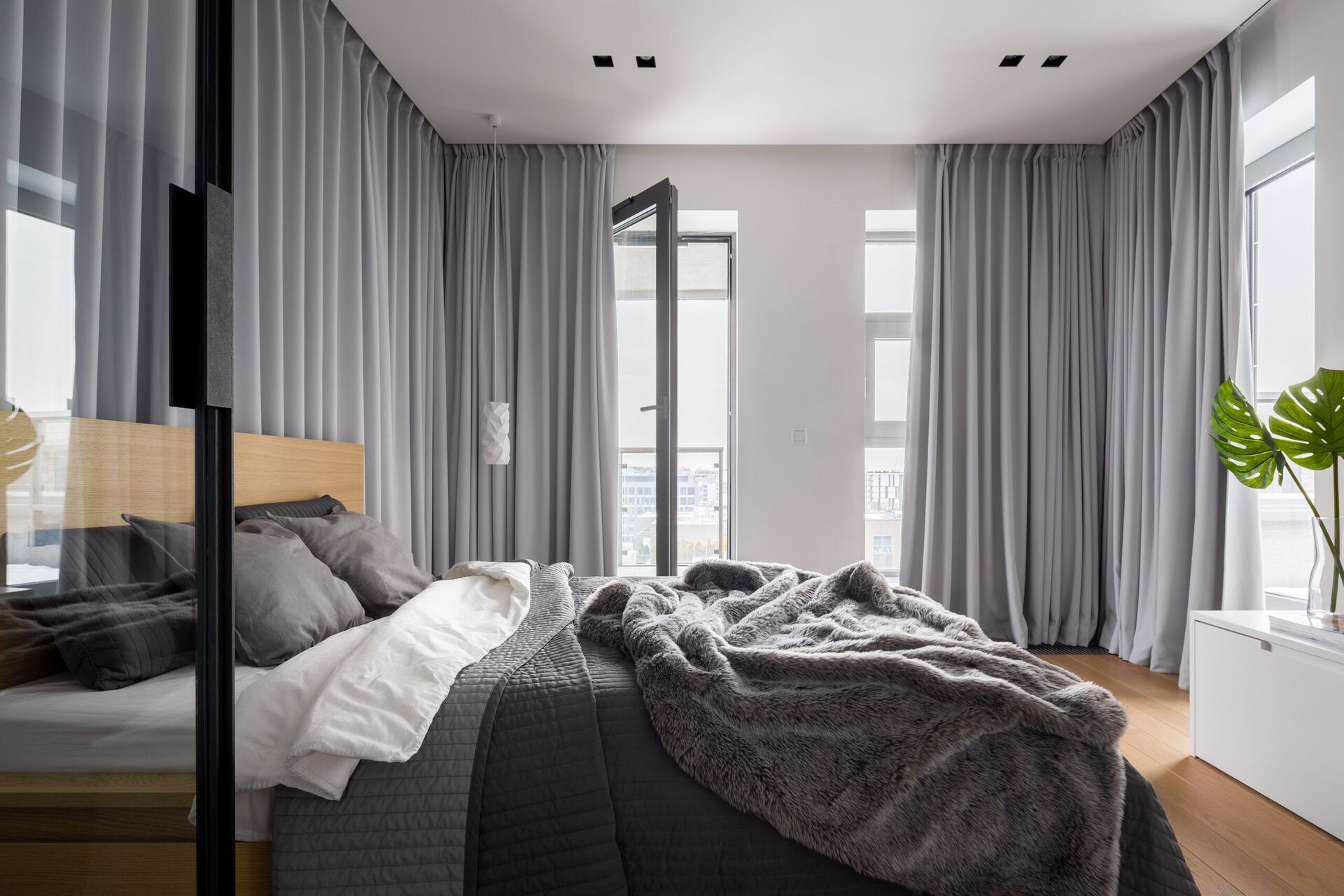
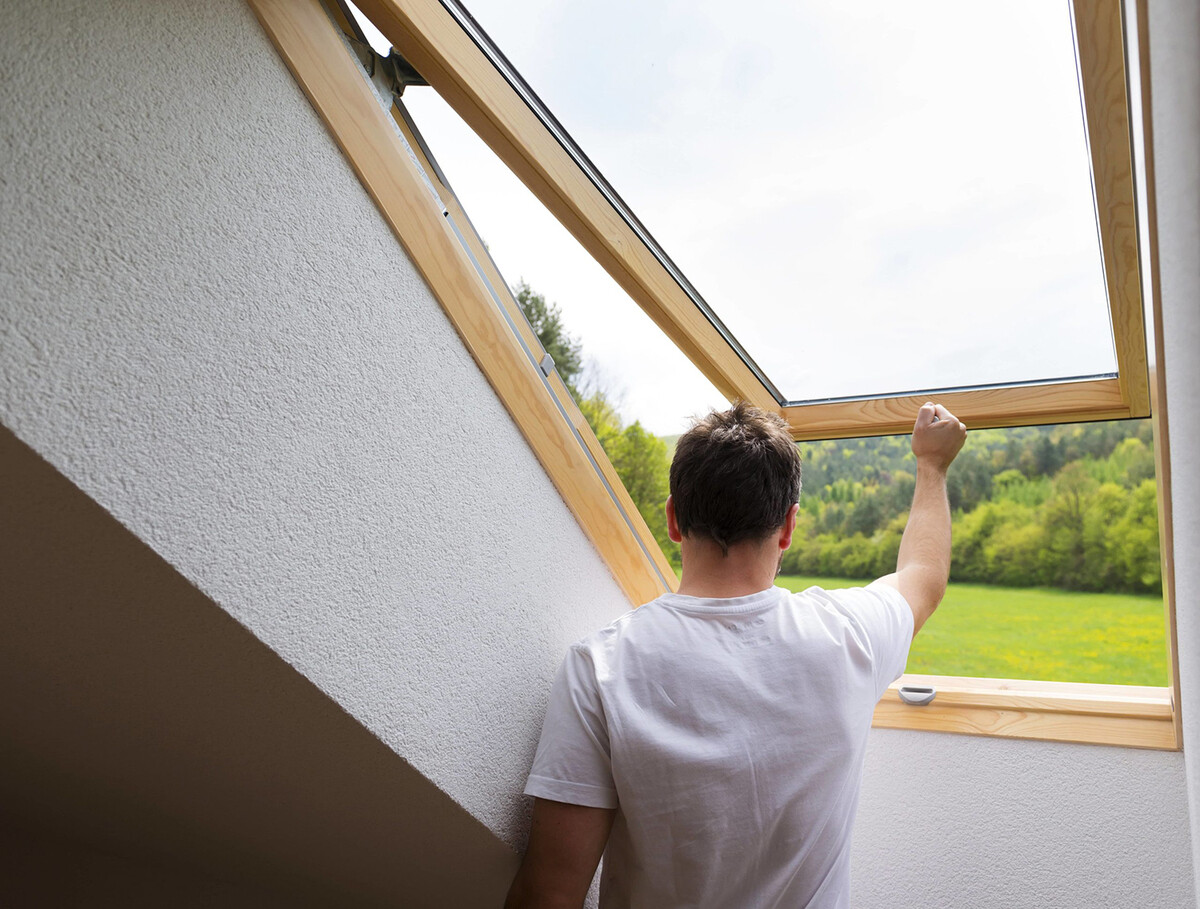
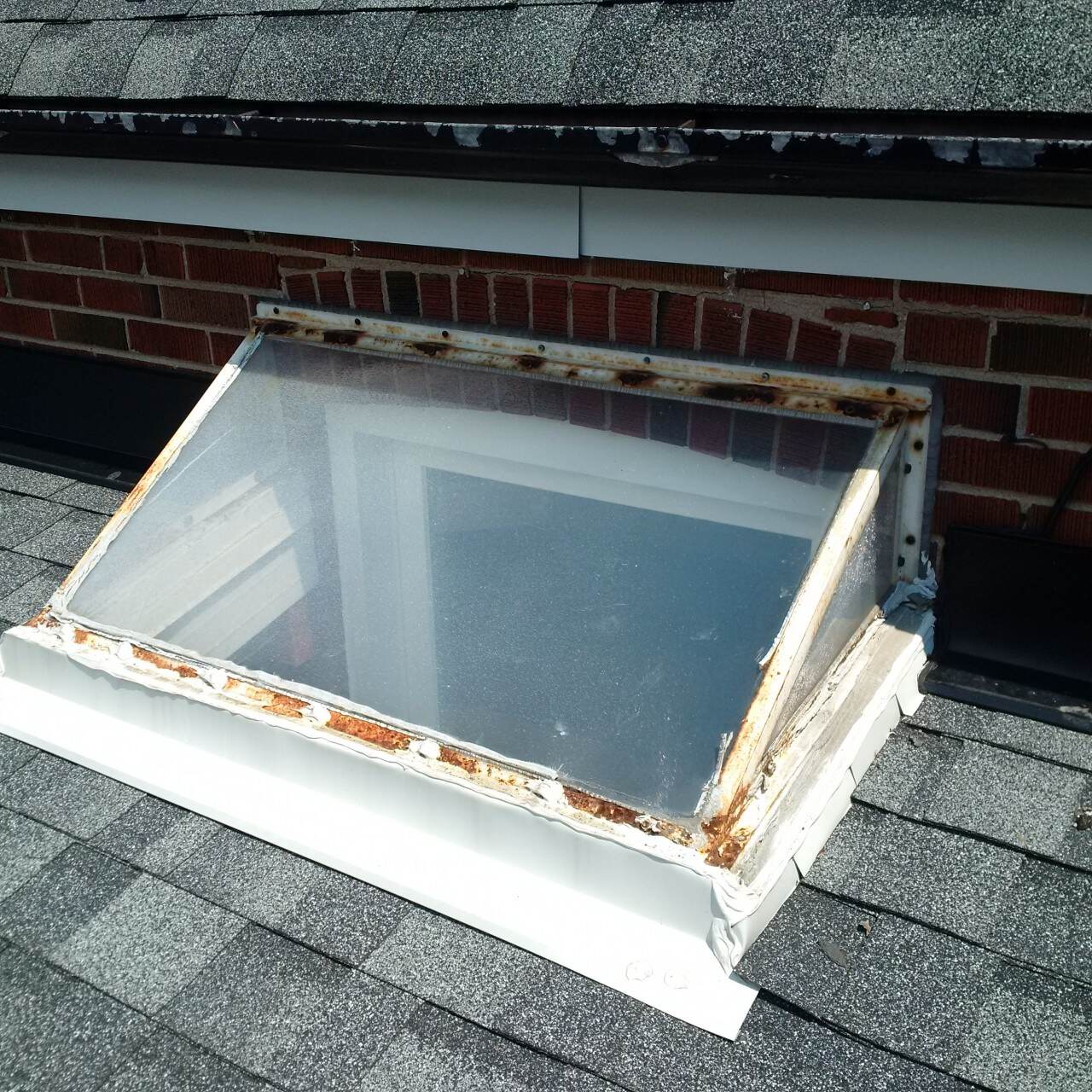
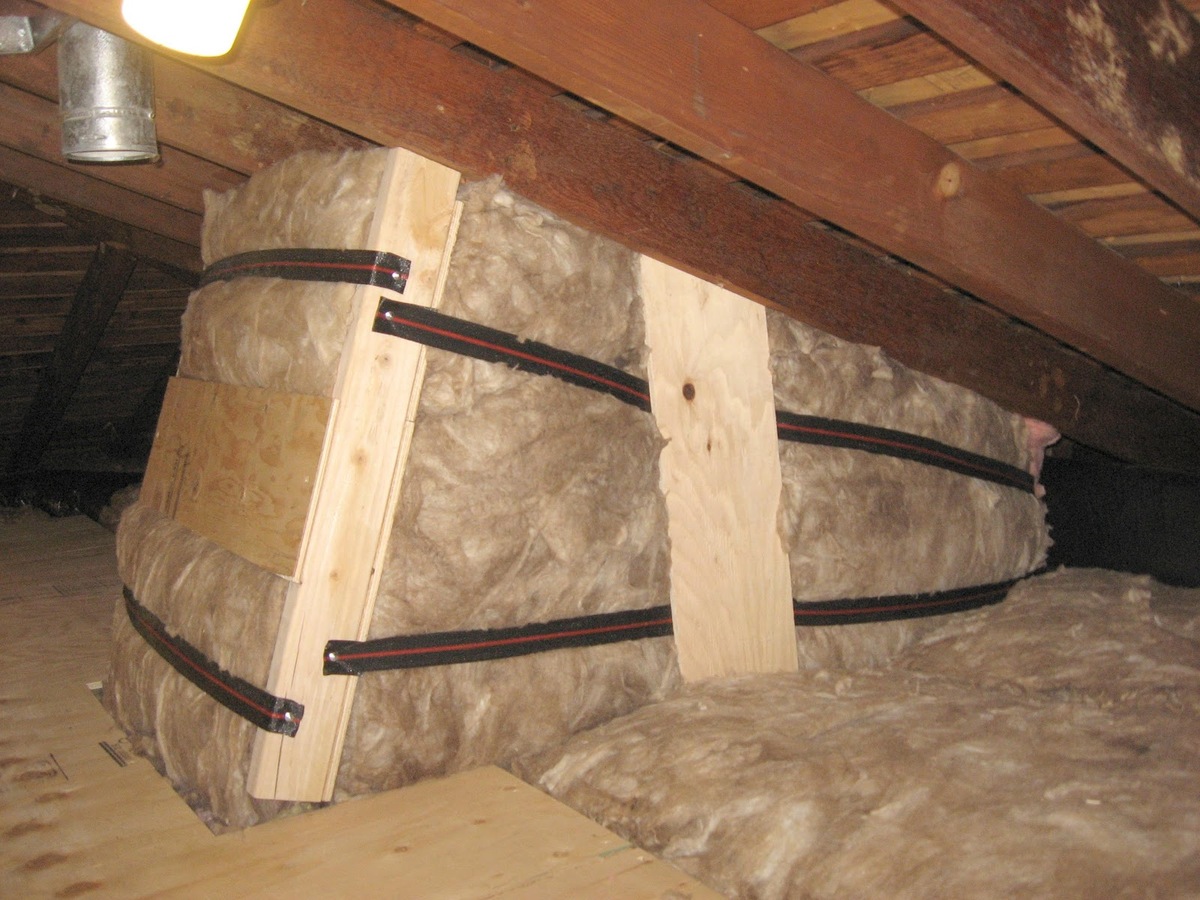

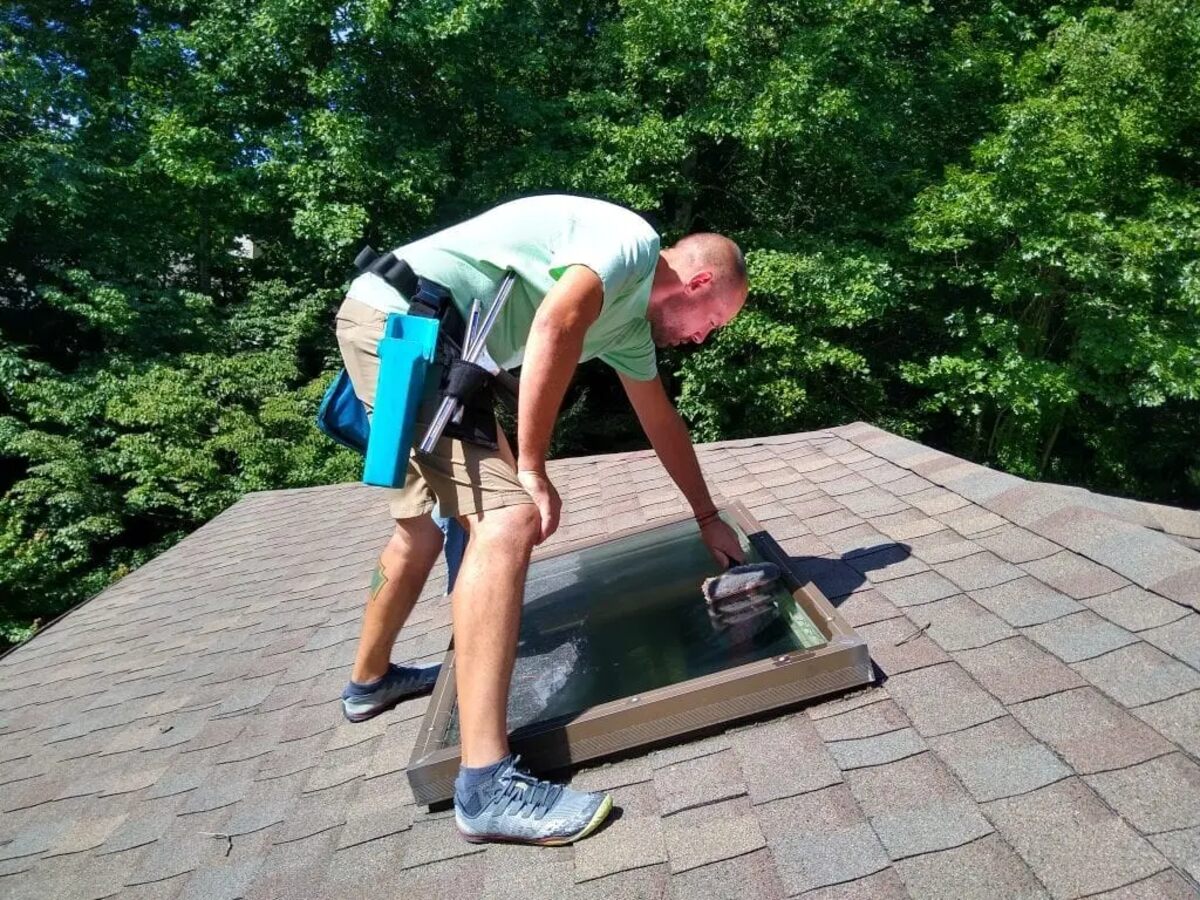

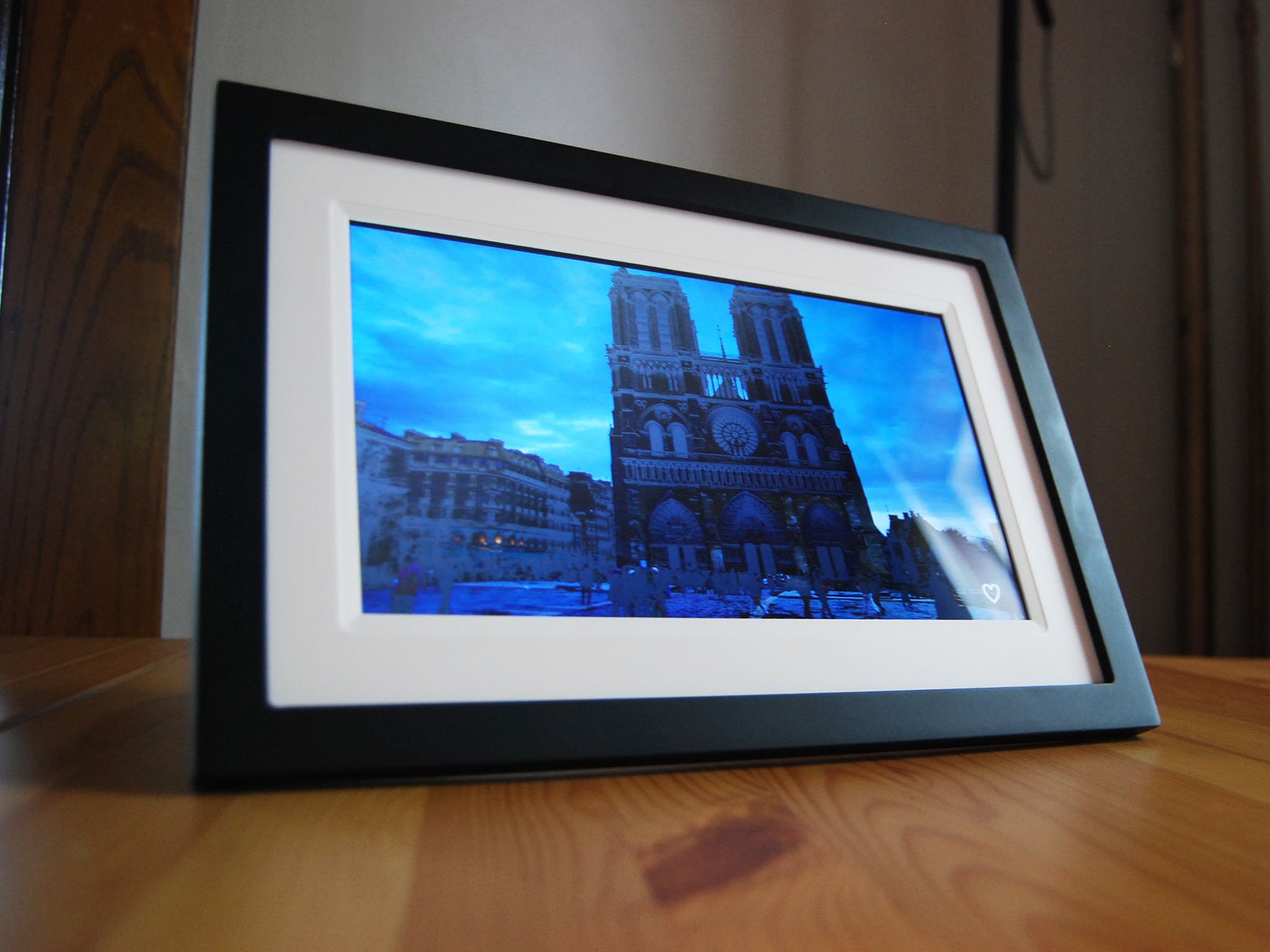
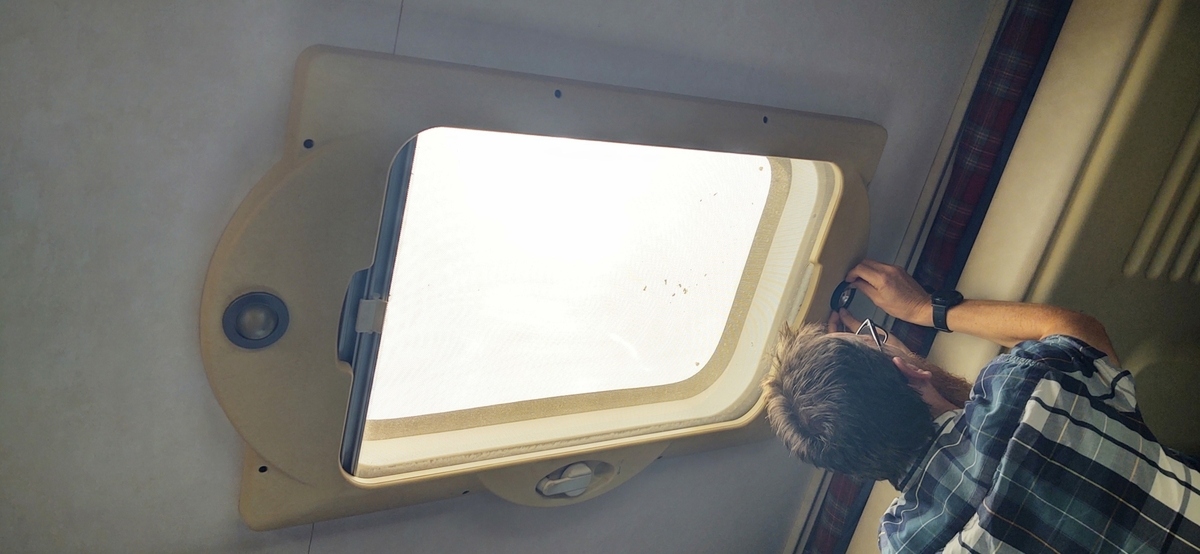
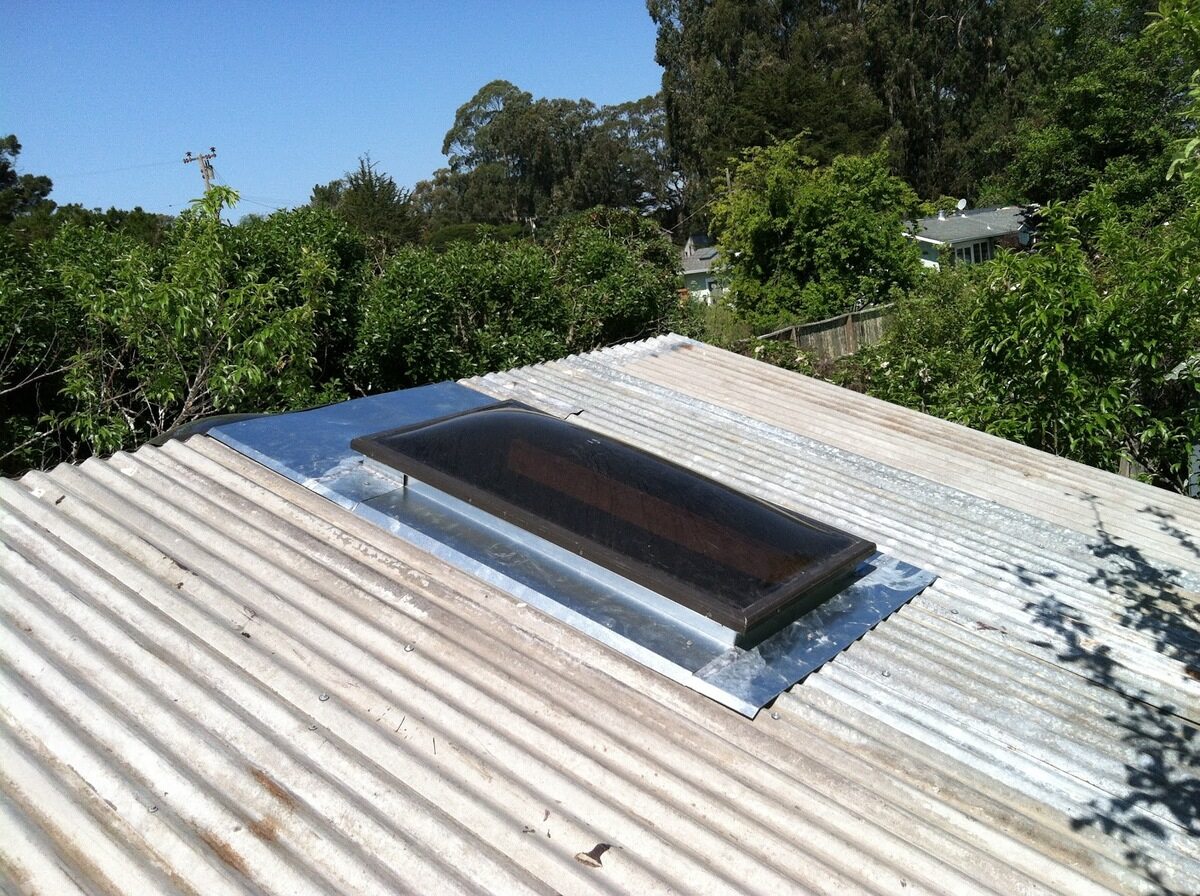
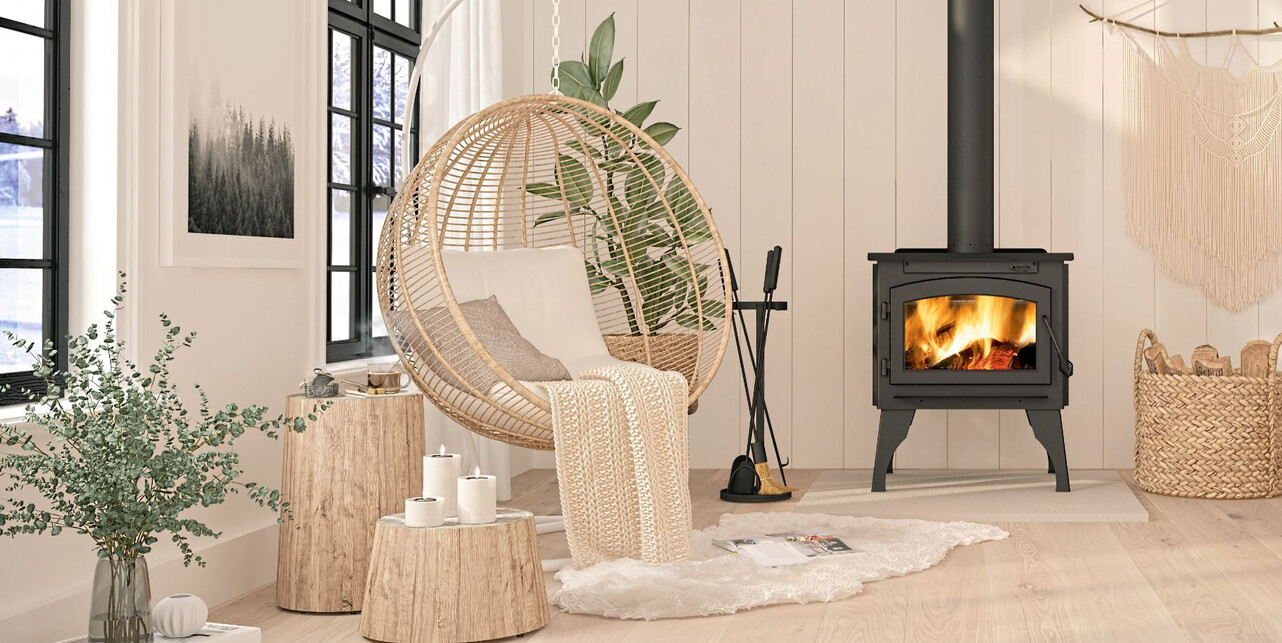
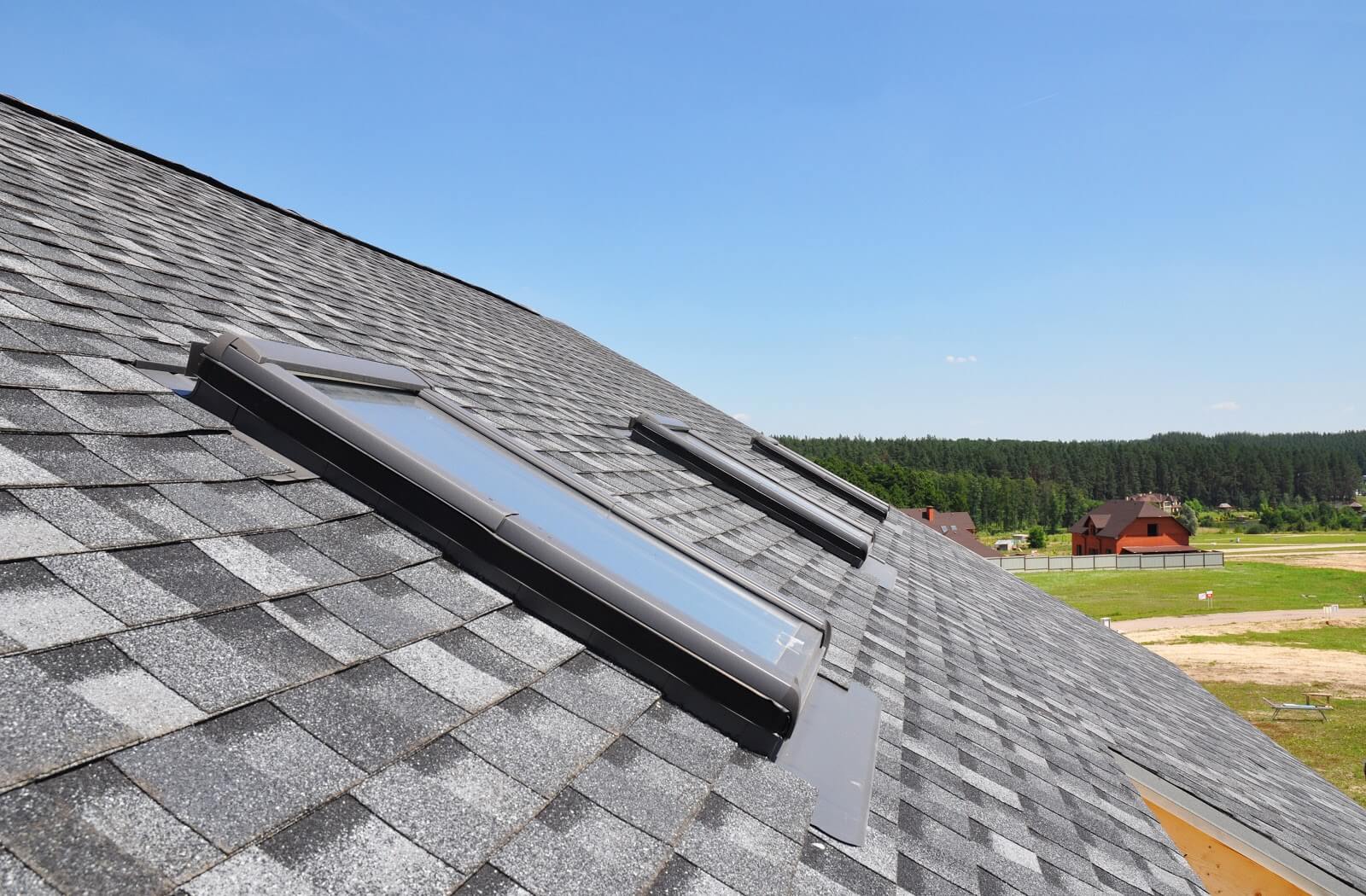

0 thoughts on “How To Block Heat From Skylight”